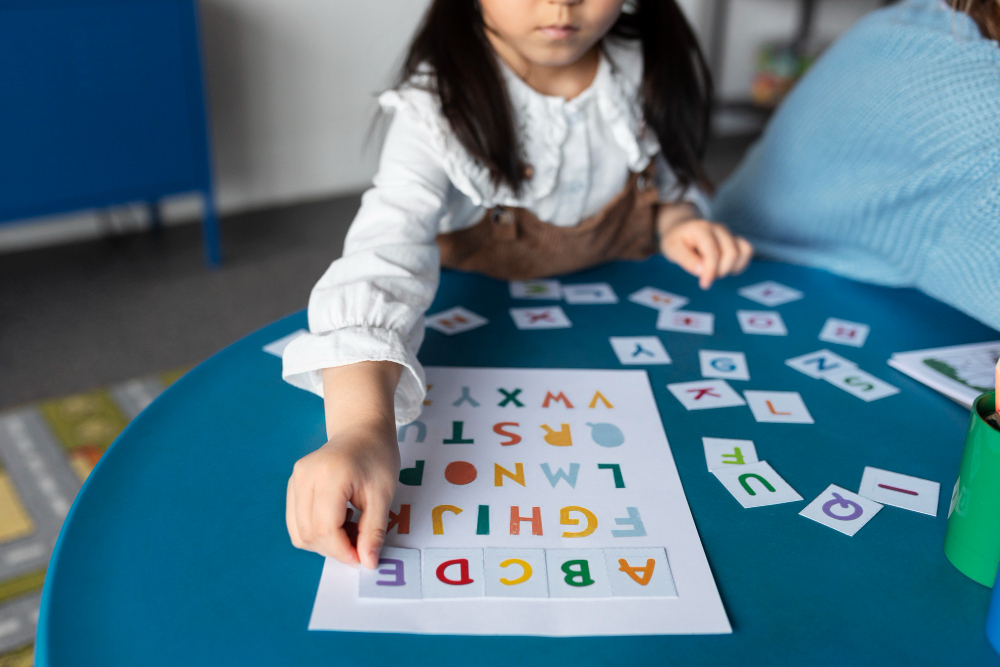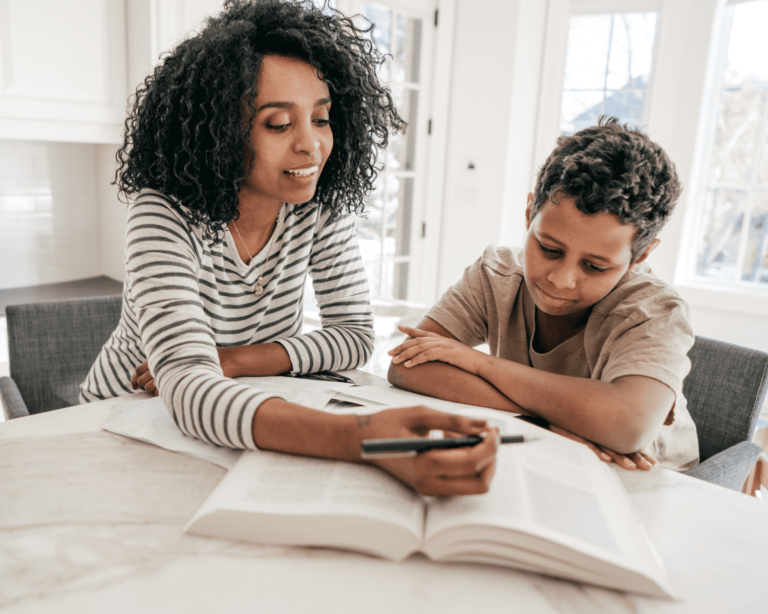In the journey to literacy, the path is paved with words on a page and enriched by the experiences that words can evoke through our senses.
Multisensory learning, an approach that engages more than one sense at a time, has emerged as a powerful tool in teaching reading.
This method not only enhances comprehension and retention but also makes the process of learning to read more engaging and enjoyable for learners of all ages.
Understanding Multisensory Learning
Multisensory learning integrates two or more sensory experiences simultaneously to support and reinforce learning.
In reading, this could mean seeing the words, hearing them spoken, and even touching letters or acting out stories.
The benefits are profound, offering improved memory retention, deeper comprehension, and a more inclusive learning environment that caters to diverse learning styles.
Here are 5 multisensory techniques for better learning:
Technique 1: Visual Representation
Visual aids are invaluable in bringing text to life. Incorporating charts, graphs, and picture books into reading activities helps solidify understanding by providing a visual context to the words.
For instance, using story maps to track the progression of a narrative can help learners visualize the story’s structure, enhancing their ability to comprehend and recall the material.
Technique 2: Tactile Activities
Tactile, or touch-based, activities make reading a hands-on experience.
Utilizing letter tiles for word building or tracing words in sand can bridge the gap between abstract letters and their physical form.
These activities are especially beneficial for early learners or those struggling with dyslexia, as they reinforce the shapes and sounds of letters in a tangible way.
Technique 3: Auditory Engagement
The auditory element of reading—listening to words and sounds—plays a crucial role in developing phonemic awareness and fluency.
Read-aloud sessions and audiobooks are excellent ways to incorporate auditory learning, exposing learners to proper pronunciation, intonation, and rhythm.
Engaging in discussions about the reading material further enhances auditory learning, allowing learners to process and articulate their thoughts and questions.
Technique 4: Kinesthetic Learning
Kinesthetic learning involves movement and physical activity.
Incorporating actions, such as acting out scenes from a story or using hand gestures to represent plot elements, can significantly boost engagement and understanding.
This technique is particularly effective for active learners who benefit from moving as they learn, making abstract concepts more concrete and memorable.
Technique 5: Interactive Reading
Interactive reading transforms the solitary act of reading into a dynamic, participatory experience.
Techniques such as shared reading, where learners take turns reading aloud and discussing the text, encourage active engagement.
Asking predictive questions, summarizing passages, and connecting the material to personal experiences are interactive strategies that foster a deeper connection to the reading material.
Implementing Multisensory Reading Techniques at Home and School
Parents and educators can easily integrate these multisensory techniques into daily reading activities. The key is to be creative and flexible, adapting the methods to fit the learner’s age, interests, and learning environment.
Whether it’s through shared reading at home, tactile letter games in the classroom, or kinesthetic activities during storytime, these techniques can be tailored to enhance any reading experience.
The journey to literacy is enriched by engaging multiple senses, making learning to read a more comprehensive and enjoyable experience.
By incorporating visual, tactile, auditory, kinesthetic, and interactive techniques, parents and educators can provide a robust foundation for reading success.
These multisensory strategies not only cater to diverse learning styles but also foster a lifelong love for reading.
Get ready for the journey!
Are you ready to unlock the full potential of reading for your learners? Unlock your child’s reading potential with Read Smart!
Contact us today for a FREE reading evaluation and take the first step towards a brighter academic future.





